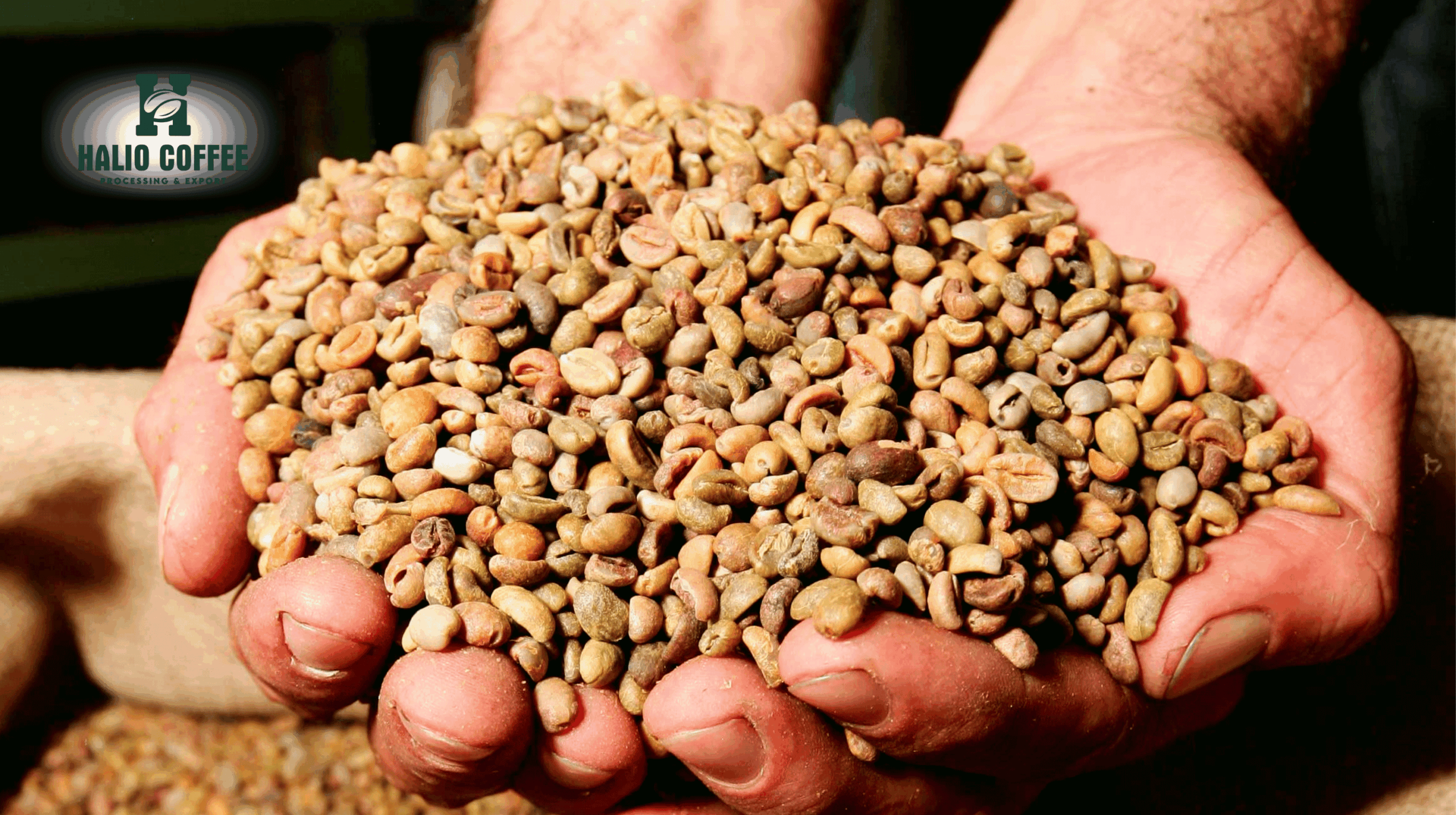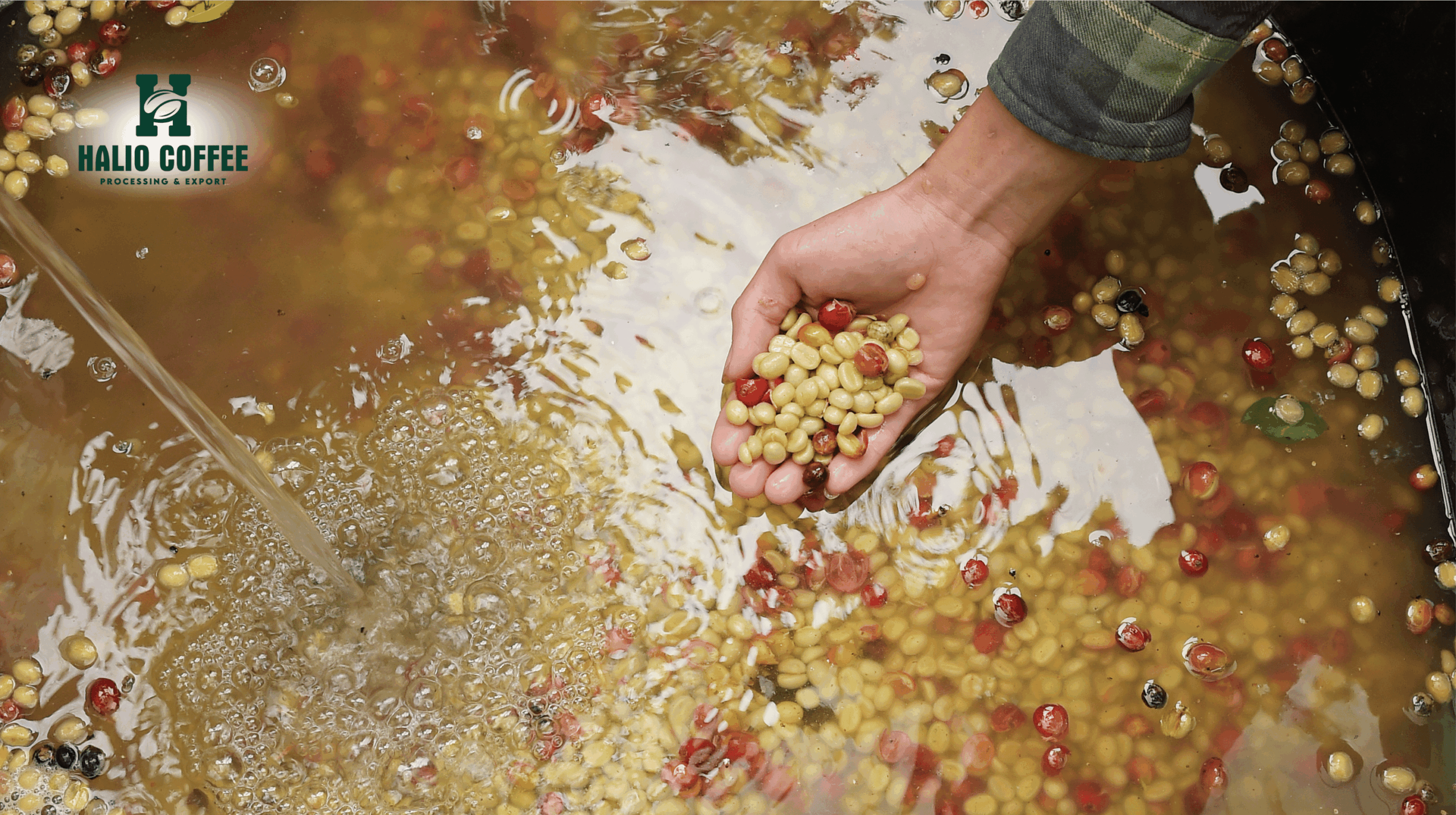Coffee Prices Today, August 14: Robusta Surges Over $200/ton, Hits Two-Month High
Coffee prices jumped sharply today, with robusta climbing by US $206/ton to US $3,933/ton, marking its highest level in two months. The rally was fueled by short-covering activity and news that Brazil’s robusta coffee exports plunged by 49% in July.
Global Coffee Price Update
London Robusta Futures (August 12 Closing):
- September 2025 contract: US $3,933/ton, up 5.53% (+US $206) from the previous session.
- November 2025 contract: US $3,799/ton, up 4.71% (+US $171).
The sharp rise in September prices was driven by short-covering following a heavy sell-off from May to July, combined with confirmation that Brazil’s July robusta exports dropped nearly half compared to last year.
New York Arabica Futures:
- September 2025 contract: 319.6 US cents/lb, up 1.41% (+4.45 cents).
- December 2025 contract: 312.65 US cents/lb, up 1.41% (+4.35 cents).
According to Reuters, arabica futures on ICE gained on Wednesday as investors weighed the impact of high U.S. import tariffs on Brazil — the world’s top coffee producer — and monitored a cold front affecting some growing areas.
U.S. Tariffs and Weather Continue to Drive Market
The Brazilian Coffee Exporters Council (Cecafe) reported that U.S. coffee buyers have asked Brazilian exporters to delay shipments after the U.S. imposed a 50% tariff on Brazilian goods.
Light, scattered frosts in certain coffee-growing areas of Brazil also helped lift prices this week, despite generally favorable harvest progress.
Harvest Progress and Frost Impact in Brazil
Cooxupé — Brazil’s largest coffee cooperative — said that as of August 8, farmers had harvested 80.4% of the 2025 crop, compared to 87.3% at the same time last year but up from 74.2% the previous week.
Gláucio de Castro, president of the Cerrado Coffee Growers Federation, confirmed frost had hit coffee farms in Patrocínio on Monday, potentially damaging flower buds for the next crop. Patrocínio is the largest coffee-producing city in the world.
Frost was also reported in coffee areas of Araxá and Indianópolis, both within the Cerrado Mineiro region — a key arabica-producing zone in Brazil.
“Initial damage appears to affect the canopy of coffee trees, with less severity than the 2021 frost — the worst in over 25 years,” Castro noted.
This frost mainly impacted the tops of trees but could still harm developing buds that would normally bloom in September or October with the rains.
“Frost damage to buds is a silent process. We will only know later whether they will bloom,” Castro said.
Early Damage Estimates and Regional Differences
Cerrado Mineiro cooperatives are surveying the damage. Preliminary reports suggest that roughly one-third of the area affected in 2021 may have been impacted this time, but Castro stressed it is too early to make a precise assessment.
In severe frost events, farmers often must prune entire branches, leading to crop loss in the following year. This frost, however, appears to be localized.
In the southern part of Minas Gerais, cooperatives such as Cooxupé in Guaxupé and Minasul in Varginha reported that frost only affected low-lying areas and spared major coffee plantations.
- Vietnamese Arabica Coffee Beans Price: A Comprehensive Guide for Roasters and Distributors
- Rainforest Alliance Certified Coffee Vietnam: A Sustainable Choice for Global Buyers
- Facing EU Hurdles, Indonesian Coffee Farmers Look to Pivot to North Africa
- Halio Coffee – Trusted Vietnam Fresh Coffee Bean Supplier
- Coffee Prices Today, October 24th: Sharp Reversal Lower, Robusta Plunges Nearly 4%







